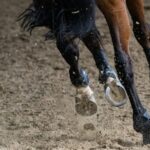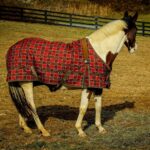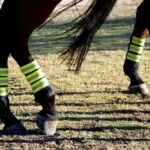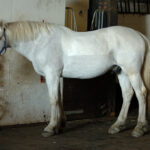Anhidrosis in horses presents a significant management challenge for owners and caretakers, especially in hot, humid climates. This condition, characterized by a horse’s decreased ability or complete inability to sweat, can severely impact performance, health, and quality of life. Proper management becomes crucial as affected equines cannot efficiently regulate their body temperature through normal perspiration. While anhidrosis can be frustrating and concerning, with the right approach and careful attention to environmental factors, most affected horses can lead comfortable, active lives. This comprehensive guide explores the causes, symptoms, and most importantly, the practical management strategies that can help your horse thrive despite this challenging condition.
Understanding Equine Anhidrosis
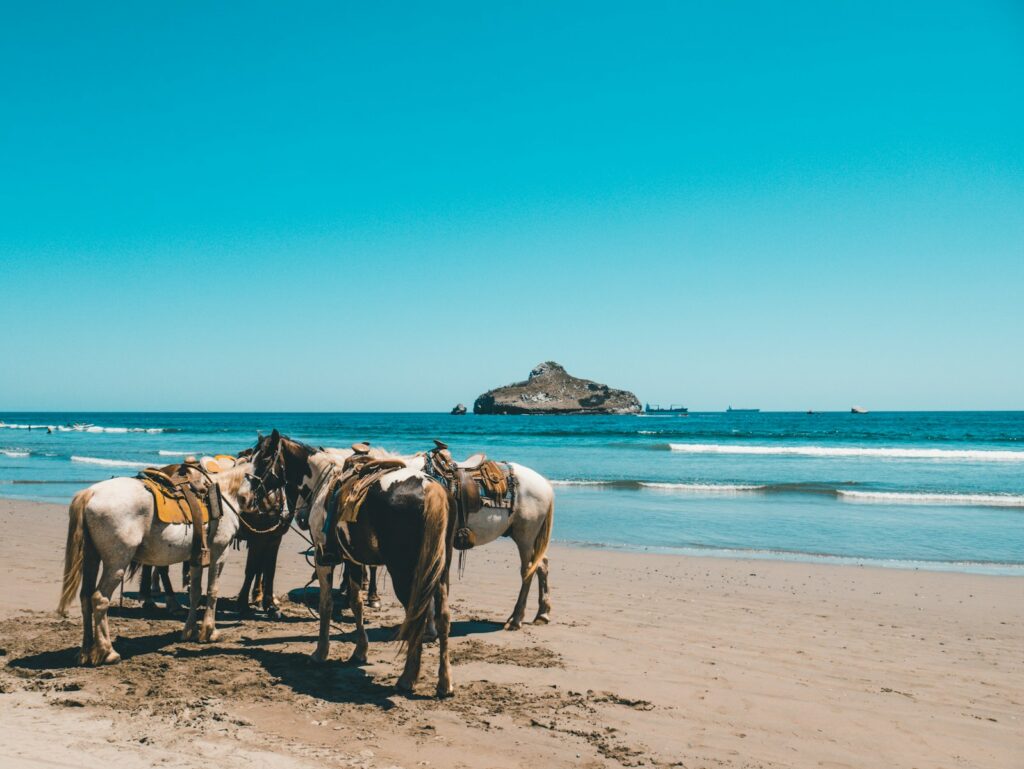
Anhidrosis, often called “dry-coat syndrome” or “non-sweating disease,” occurs when a horse loses its ability to sweat adequately in response to heat, exercise, or environmental conditions. Normal equine thermoregulation relies heavily on evaporative cooling through sweat, with horses possessing approximately ten times more sweat glands than humans. When this cooling mechanism fails, horses become vulnerable to heat stress and potentially dangerous hyperthermia. The exact cause remains incompletely understood, though researchers believe it involves dysfunction of the sweat glands following prolonged exposure to hot, humid environments, possibly related to electrolyte imbalances or neuroendocrine factors. Horses living in regions with high temperatures and humidity for extended periods appear most susceptible, though the condition can affect equines of any breed, age, or geographic location.
Recognizing the Signs of Anhidrosis
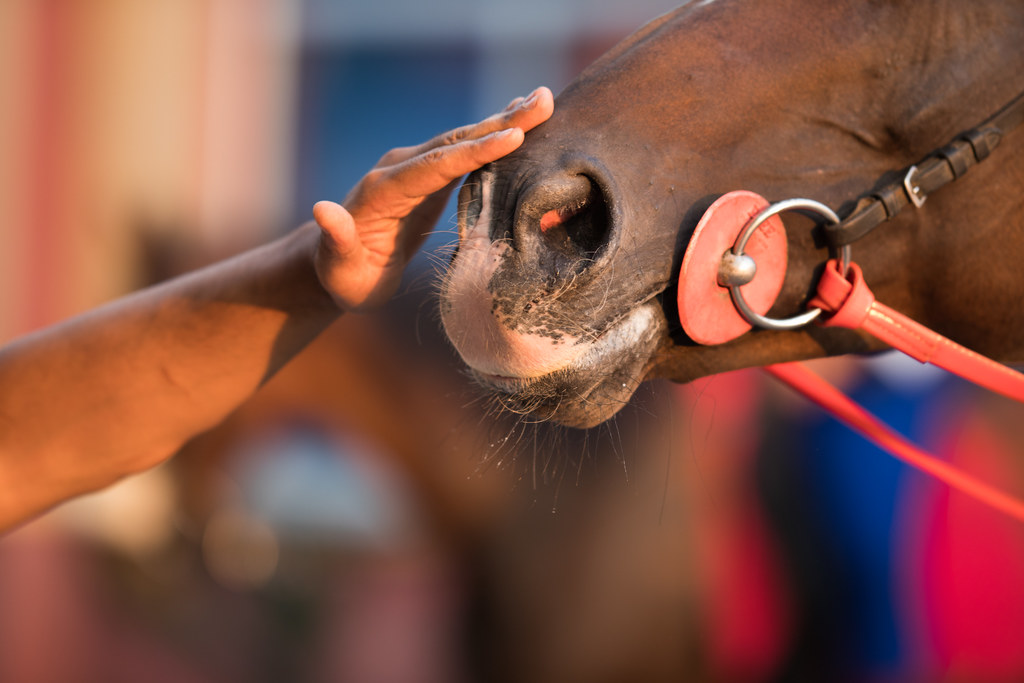
Early recognition of anhidrosis symptoms is vital for effective management and preventing dangerous heat stress situations. The most obvious indicator is reduced sweating or complete absence of perspiration, particularly in areas that typically sweat profusely like under the saddle, between the hind legs, and on the neck. Affected horses often demonstrate increased respiratory rates, with exaggerated breathing efforts that may progress to rapid, shallow panting even with minimal exertion. Many develop a dry, flaky coat that lacks the normal sheen of healthy horse hair, while chronically affected horses might show decreased appetite, lethargy, and poor performance. Some horses exhibit behavioral changes including irritability, depression, or reluctance to work, which often signals their physical discomfort when unable to properly cool themselves.
Diagnosing the Condition
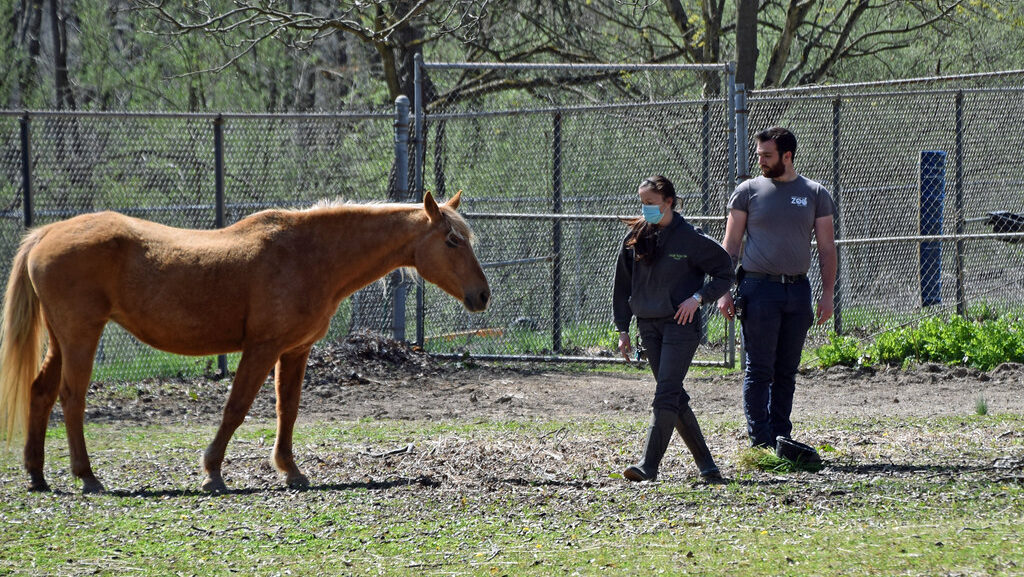
Proper diagnosis of anhidrosis typically begins with a thorough history and observation of the horse’s sweating patterns under various environmental conditions. Veterinarians may perform a sweat test by administering a small dose of epinephrine (adrenaline) or terbutaline subcutaneously, which should stimulate sweating in normal horses within 30 minutes. Blood tests help rule out other medical conditions and evaluate electrolyte balances, which can be disturbed in anhidrotic horses. Some diagnostic protocols include measuring rectal temperatures before and after light exercise to assess temperature regulation capabilities. Advanced cases may benefit from skin biopsies to examine sweat gland structure, although this is rarely necessary for diagnosis in clinical practice. Working closely with a veterinarian familiar with the condition is essential for accurate diagnosis and developing an effective management plan.
Environmental Management Strategies
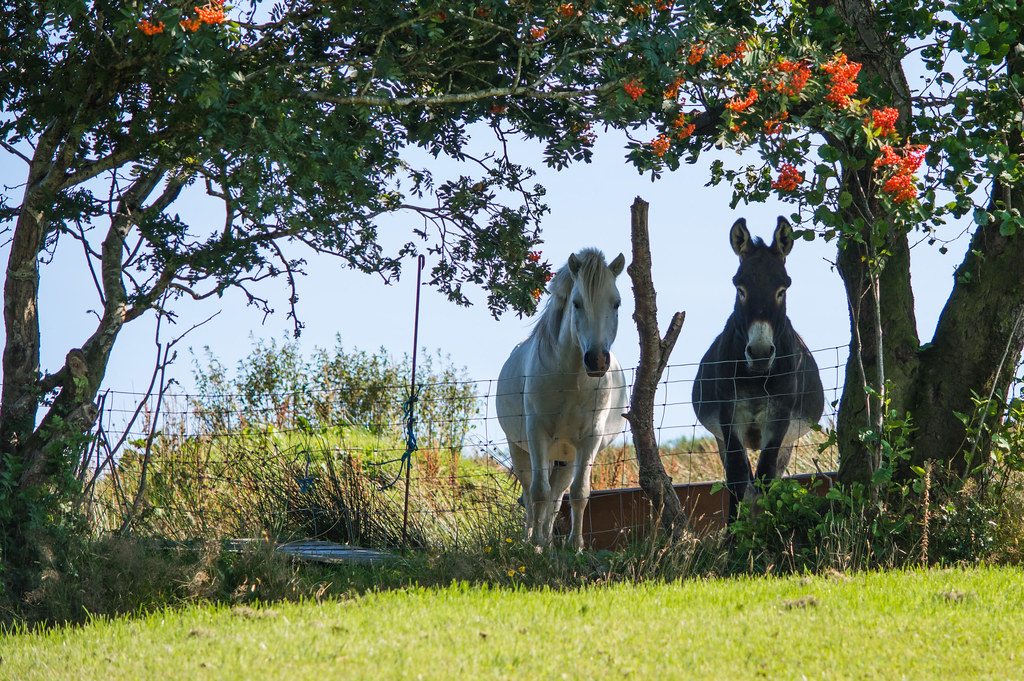
Creating an optimal environment forms the cornerstone of managing an anhidrotic horse successfully. Providing ample shade is non-negotiable, with well-ventilated run-in sheds or large trees offering protection from direct sunlight throughout the day. Stable management should prioritize airflow, with strategic placement of fans to create cooling cross-breezes and potentially installing misting systems that can reduce ambient temperatures by several degrees. Consider altering turnout schedules to limit outdoor time during peak heat hours (typically 10am-4pm), instead offering turnout during cooler evening, night, or early morning hours. Some owners find that light-colored fly sheets can reflect sunlight while still allowing airflow, helping to keep the horse cooler than standing unprotected in direct sun. For severe cases, climate-controlled barns with adequate ventilation provide the best environmental solution, though this option is not feasible for many horse owners.
Cooling Techniques for Anhidrotic Horses
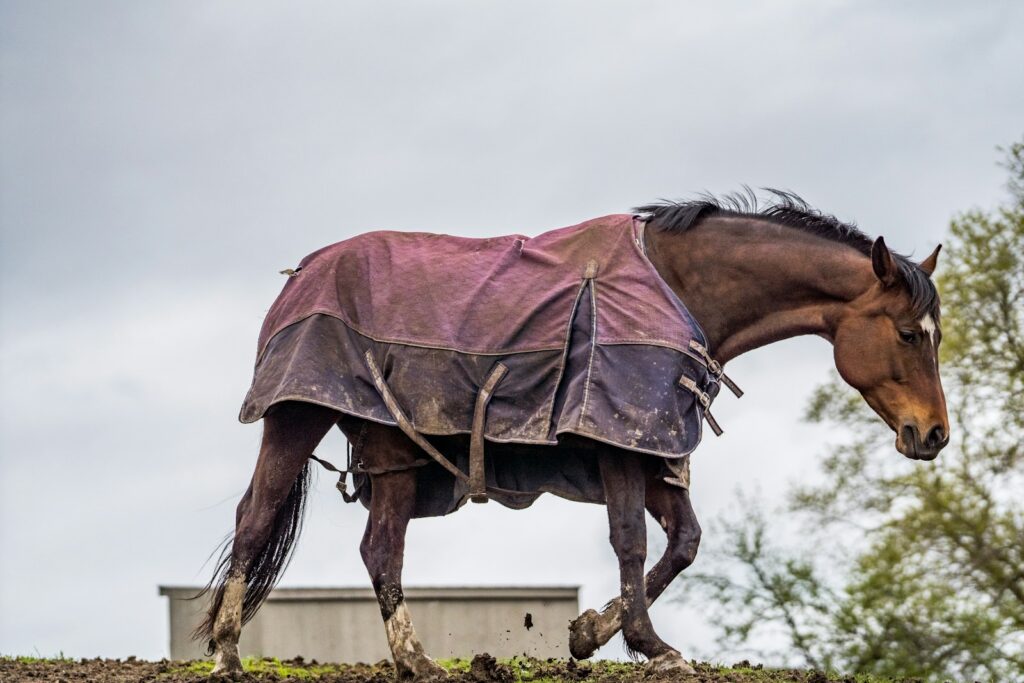
Since anhidrotic horses cannot effectively cool themselves, implementing external cooling methods becomes essential to their management. Frequent cold-water bathing serves as an artificial replacement for the evaporative cooling normally provided by sweat, with special attention paid to large blood vessels in the neck, chest, and inner legs. Many owners find success with specialized cooling blankets that remain effective when kept damp, though these should be removed and rewet frequently to maintain cooling effects. Misting fans placed strategically in stalls or run-in sheds can significantly lower a horse’s body temperature through evaporative cooling. Ice water applied to key areas like the jugular grooves and femoral arteries provides rapid cooling during acute heat stress episodes. For competition horses, pre-cooling with cold water before exercise and immediate post-exercise cooling routines should become standard practice, extending cooling sessions well beyond what would be typical for a normal horse.
Exercise Modifications

Exercise management requires significant adjustment for horses with anhidrosis to prevent dangerous overheating. Training sessions should be scheduled during the coolest parts of the day—typically early morning or evening—with intensity and duration modified according to the temperature and humidity index. Implementing frequent cooling breaks during work allows the horse’s temperature to normalize before resuming activity, with some trainers following a pattern of 5-10 minutes of work followed by comparable rest periods. Owners should maintain realistic expectations about performance capability, as many anhidrotic horses simply cannot compete at high levels during hot weather. Alternative exercise options like swimming provide cardiovascular benefits without generating excessive body heat, making it ideal for affected horses. For competition horses, consider seasonal training adjustments that focus on higher-intensity work during cooler months while maintaining fitness with lighter sessions during hotter periods.
Nutritional Support and Supplementation
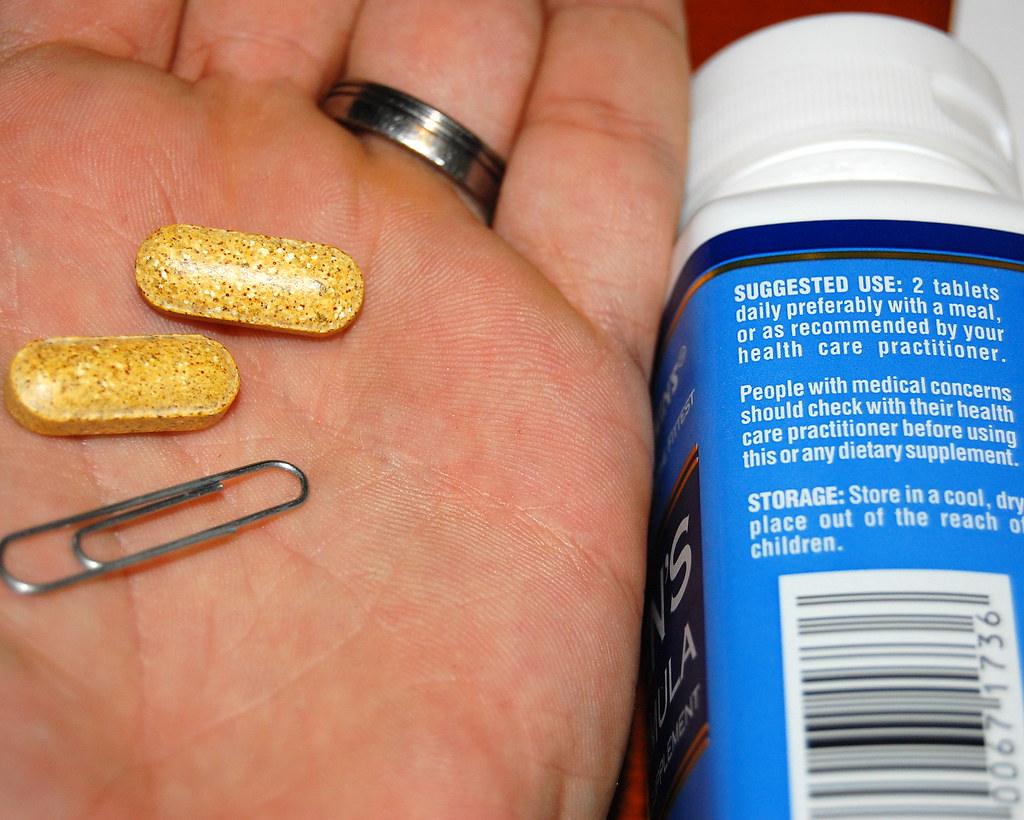
Targeted nutritional support plays a vital role in managing anhidrosis, with electrolyte supplementation forming the foundation of many successful protocols. Daily electrolyte supplementation helps replace minerals lost through alternative cooling methods and supports normal cellular function, with products containing balanced ratios of sodium, chloride, potassium, and magnesium typically recommended. Some horses respond positively to supplementation with vitamin E, known for its antioxidant properties, and vitamin C, which supports cellular health under stress conditions. Emerging research suggests potential benefits from certain adaptogenic herbs including ginseng, ashwagandha, and jiaogulan, which may help the body adapt to heat stress. Omega-3 fatty acid supplementation supports overall skin health and may improve coat condition in chronically affected horses. Always consult with a veterinarian or equine nutritionist before implementing any new supplement regimen, as individual needs vary based on diet, environment, and severity of the condition.
Specific Treatments and Remedies
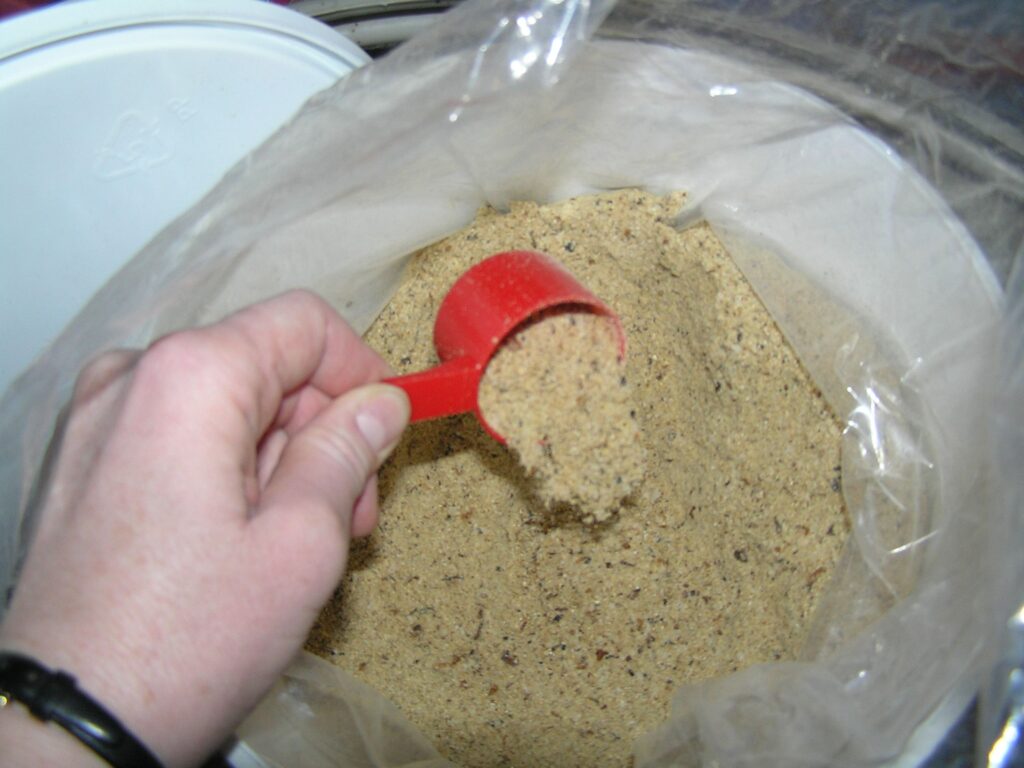
Several treatment approaches have shown variable success in managing anhidrosis symptoms and potentially stimulating sweat gland function. One-AC (One Acetylcholine) supplement has developed a following among horse owners, with some reporting improved sweating function after consistent use, though scientific evidence remains limited. Veterinarians occasionally prescribe clenbuterol or other beta-agonist medications off-label to stimulate sweat gland activity in severe cases, requiring careful monitoring due to potential side effects. Traditional remedies including beer or guinness added to feed have anecdotal support, possibly due to their B-vitamin content and potential vasodilatory effects. Some integrative veterinarians employ acupuncture protocols targeting points related to thermoregulation and autonomic function, reporting mixed but sometimes promising results. Emerging therapies include specialized thyroid supplementation, though this approach requires careful veterinary oversight and monitoring to avoid adverse effects.
Hydration Strategies

Maintaining optimal hydration becomes particularly critical for horses with anhidrosis, requiring deliberate management beyond typical water provision. Fresh, clean water should be available at all times in multiple locations, with water temperature ideally kept between 45-65°F for maximum palatability and consumption. Adding electrolytes directly to one water source while maintaining plain water options can encourage both electrolyte intake and adequate hydration. Some horses benefit from mash meals containing soaked beet pulp, alfalfa cubes, or complete feeds that incorporate significant moisture into the diet. Monitoring hydration status through skin tent tests, mucous membrane assessment, and tracking water consumption helps identify dehydration before it becomes severe. During intense heat, some owners successfully employ oral syringing of water with electrolytes for horses reluctant to drink adequately, though this technique requires careful administration to avoid aspiration.
Seasonal Management Considerations
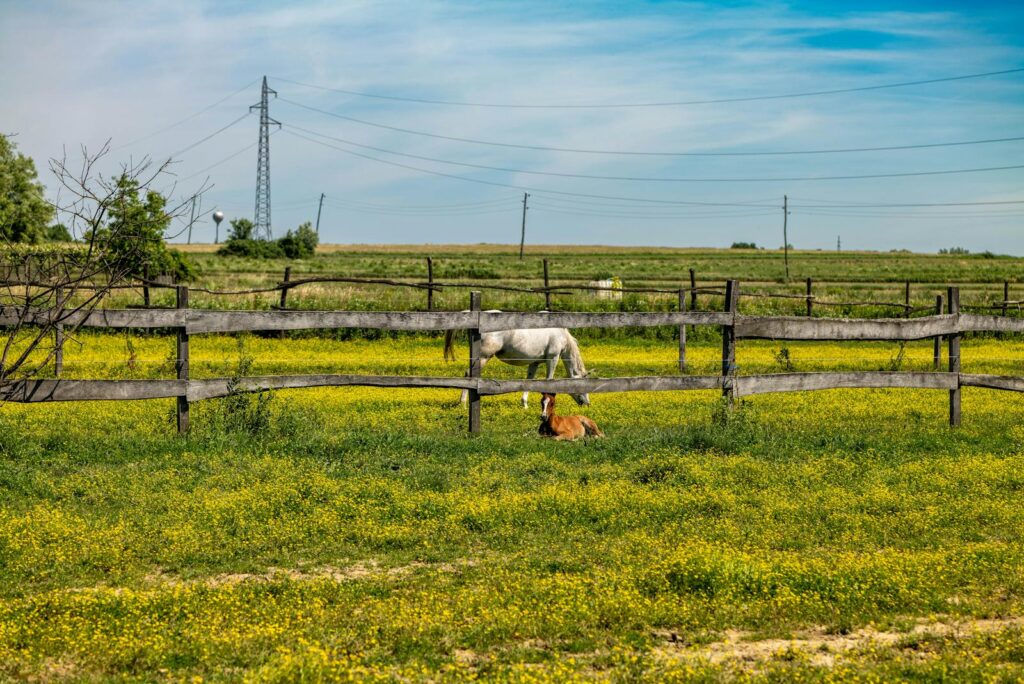
Adapting management strategies according to seasonal changes significantly impacts the well-being of anhidrotic horses. In regions with distinct seasons, creating a comprehensive calendar-based management plan helps anticipate needs before problems arise. Gradual acclimatization to increasing temperatures in spring provides the best chance for maintaining some sweating function, with many veterinarians recommending early initiation of electrolyte supplementation before hot weather arrives. For severely affected horses, temporary relocation to cooler climates during peak summer months presents the most effective solution when feasible. Fall and winter months offer opportunities for increased work and training intensity, allowing competition horses to build fitness when thermoregulation demands are lower. Many owners report that extended periods in cooler climates can temporarily restore sweating function, though symptoms typically return upon reintroduction to hot, humid environments.
Monitoring and Emergency Response
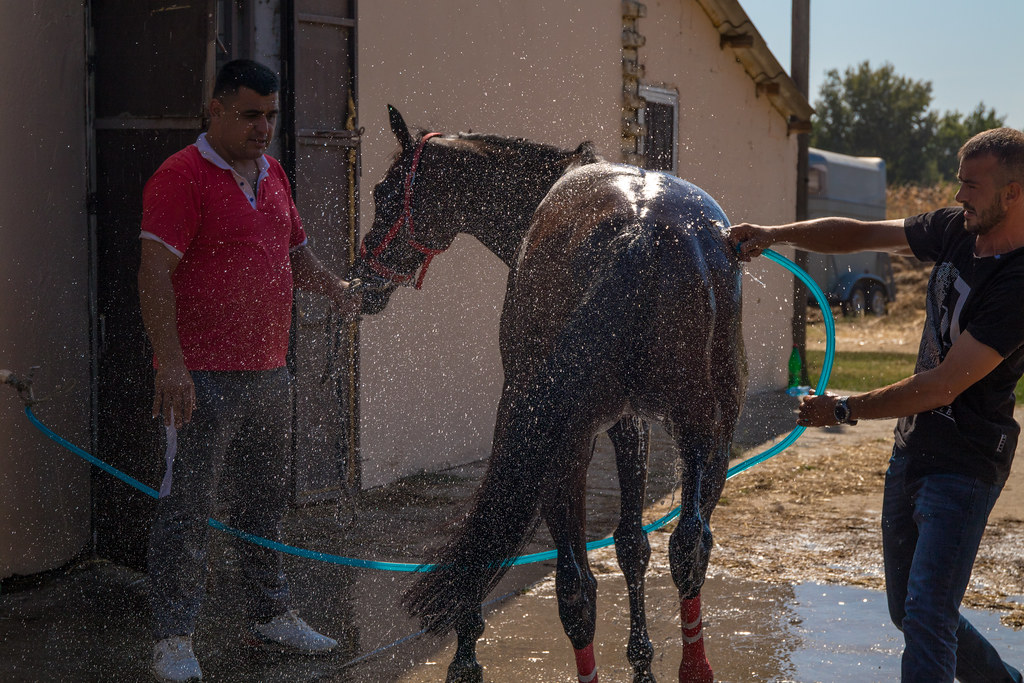
Vigilant monitoring becomes essential when managing anhidrotic horses, with owners needing to recognize early warning signs of heat stress before they escalate to dangerous levels. Regular temperature checks, especially after exercise or during extreme weather, provide objective data about the horse’s thermoregulatory capacity, with normal equine temperature ranging between 99-101°F. Developing a written emergency response plan ensures all caretakers know appropriate steps if a horse shows signs of heat stress, including immediate cooling procedures and veterinary contact information. Danger signs requiring immediate intervention include temperatures above 103°F, excessive panting, disorientation, weakness, or collapse. Owners should keep emergency cooling supplies readily available, including ice packs, alcohol for rapid evaporative cooling, and oral electrolyte solutions. Understanding when to cease cooling efforts is equally important, as excessive cooling can lead to problematic vasoconstriction that actually impedes heat dissipation.
Long-term Prognosis and Expectations

Understanding the long-term outlook for horses with anhidrosis helps owners develop realistic expectations and appropriate management goals. While complete resolution of anhidrosis remains uncommon once established, many horses can maintain comfortable, active lives with proper management tailored to their individual needs. The severity spectrum ranges widely, from horses with mildly reduced sweating capacity that function well with basic interventions to those requiring comprehensive environmental controls and activity restrictions. Some horses experience cyclical patterns, with partial return of sweating function during cooler seasons or after geographic relocation to less humid climates. Career adjustments may become necessary for performance horses, potentially including seasonal competition schedules or discipline changes that accommodate their thermoregulatory limitations. With thoughtful management, most anhidrotic horses maintain good quality of life, though the condition typically requires lifelong adaptation rather than expecting complete recovery.
When to Consider Relocation
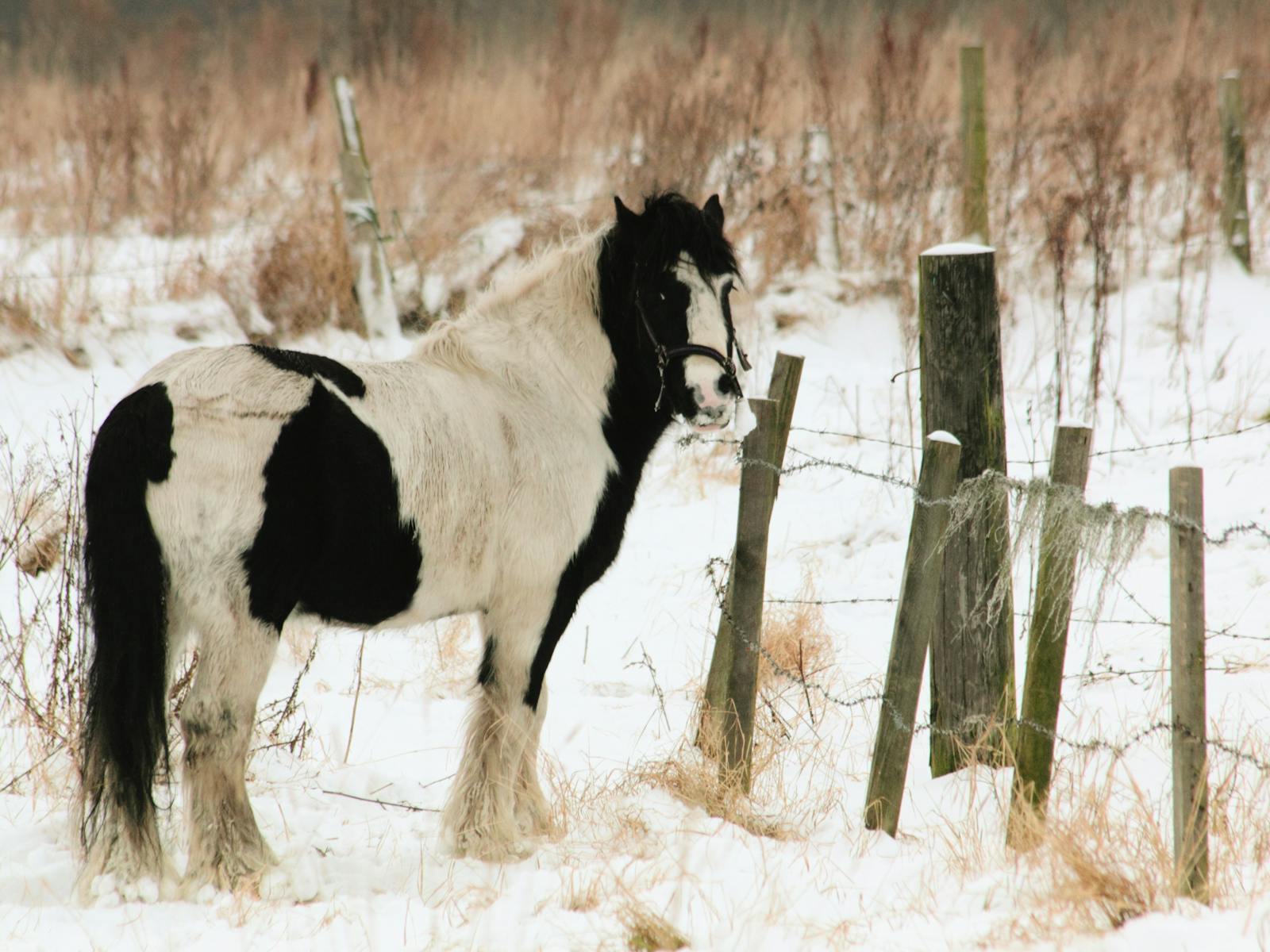
For horses with severe, unmanageable anhidrosis, geographic relocation represents the most effective but logistically challenging solution. Consider this option when multiple management strategies have failed to maintain the horse’s comfort and performance capacity despite diligent implementation. Ideal relocation destinations feature lower humidity levels rather than simply lower temperatures, as dry heat allows for alternative cooling mechanisms to function more effectively. Before committing to permanent relocation, some owners arrange temporary trial periods during peak summer months to assess the horse’s response to the new climate. This significant decision involves balancing many factors including the horse’s intended use, the owner’s resources and capabilities, and the severity of the condition. For valuable competition horses or beloved companions suffering significantly despite interventions, relocation often provides the only sustainable solution for maintaining quality of life and athletic career longevity.
In managing a horse with anhidrosis, success depends on a personalized approach that addresses the individual horse’s needs and severity of condition. Combining environmental controls, appropriate exercise modifications, nutritional support, and vigilant monitoring creates a comprehensive management strategy that can help affected horses thrive despite their thermoregulatory challenges. While anhidrosis requires consistent attention and adaptation, most horses respond well to thoughtful management protocols. By staying informed about emerging treatments and maintaining close communication with your veterinary team, you can provide your anhidrotic horse with the best possible quality of life regardless of your climate or the horse’s intended use. With patience and dedication, this challenging condition becomes another manageable aspect of responsible horse ownership rather than a career-ending diagnosis.


